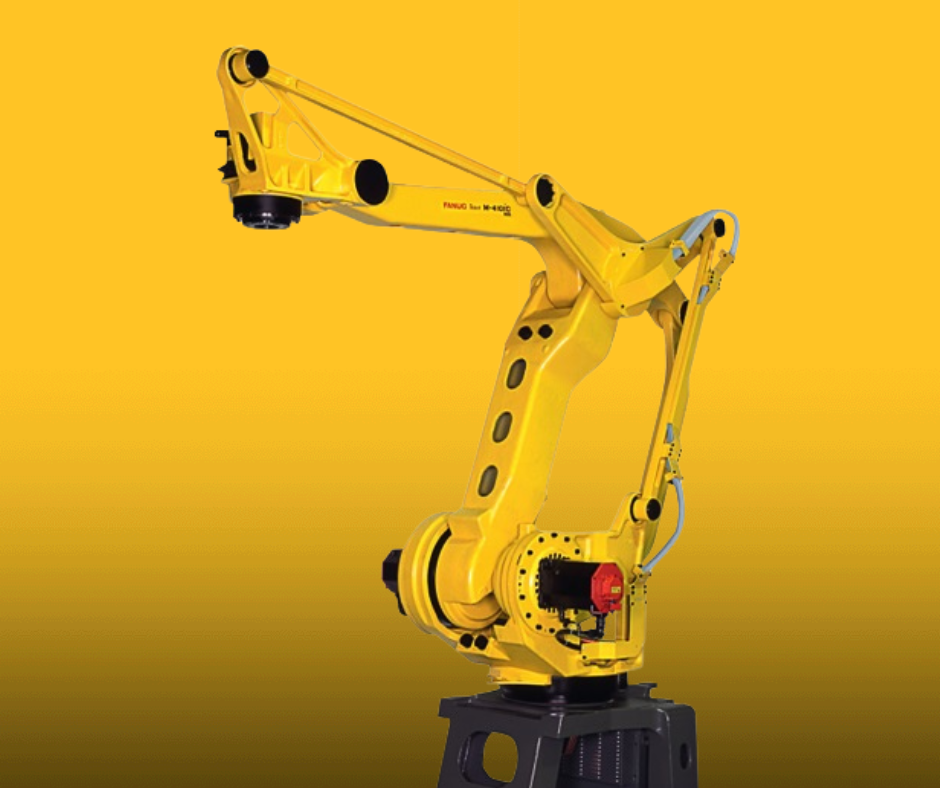The development of robotic arms has revolutionized the manufacturing process by making use of precision, safety, effectiveness, and other aspects that were previously impossible. Robots are mechanical marvels which have become indispensable in all industries across the globe. They were invented to lower operating costs and ensure high-quality standards. The incorporation of robotic arms into the manufacturing lines allows manufacturers to not just cut costs but also improve workplace safety and productivity. Let’s look at how these revolutionary machines are transforming the landscape of industrial production.
Cost efficiency is a major driving factor behind the widespread adoption of robotic arms. Factory owners are constantly under pressure to minimize workplace injuries, minimize production mistakes, and reduce production waste. A robotic arm tackles these issues. Contrary to human laborers, robot arms can perform repetitive tasks with pinpoint precision, eliminating costly mistakes and reducing waste of raw materials. Robotic arms are employed in large-scale industries for example, the automotive industry, to guarantee perfect assembly. This accuracy can result in significant savings because less damaged products mean less rework or waste.

Image credit: automatedsolutions.com.au
Safety is a second cornerstone to the advancement of robot arms. Numerous manufacturing jobs like handling dangerous materials or operating heavy machinery pose significant risks to human workers. By deploying robot arms, employers can keep employees out of hazardous environments, significantly decreasing the risk of workplace injuries. Robotic arms, which are designed as a kinematic ring of moveable joints, is modeled after the functionality of a human arm, however it is free of the risk of physical harm. The machines come with robotic hands, or end-effectors that can be programmed. They can be used for tasks such as grasping, spinning, and welding in conditions that would make it unsafe for humans.
Robotic arms’ versatility makes them a game-changer across diverse industries. From automotive assembly to electronics production, robot arms adapt to a broad range of jobs. They are programmable, which allows them to perform intricate operations such as tending machines or painting, as well as fiberglass application, with unmatched consistency. Robotic arms used in warehousing has revolutionized palletizing by automating the loading of pallets with goods. Automation increases productivity and reliability because robot arms work continuously and never get tired.
One of the most exciting innovations in this area is the development of collaborative robots or cobots. They are able to work with human workers. Unlike traditional industrial robots confined to isolated cells, the cobots that are equipped with robotic arms have been designed to allow safe, seamless interaction with humans. Cobots equipped with robotic arms can perform difficult or repetitive lifting tasks in factories, which allows human workers to concentrate on more difficult responsibilities. Collaboration increases productivity, while maintaining a safe working surroundings, as cobots can be programmed to stop or adjust their movement if someone is in the vicinity.
The impact of robotic arms goes beyond efficiency and safety to the fundamental structure of manufacturing today. The ability robotic arms to carry out tasks that require precision including welding, material handling or assembly is what makes them essential in areas which place safety at the forefront. In automotive production such as assembly robot arms are able to move and position parts in the assembly process for perfect alignment without the necessity of human intervention. Similarly, in electronics, robot arms handle delicate components with care, reducing damage and improving output quality.
As industries continue to develop with the advancement of technology, the need for robotic arms will only increase. As they can reduce costs, improve safety and adjust to various tasks they will become the foundations of future manufacturing. With cutting-edge technology coupled with human creativity, robot arms are not just tools they’re partners in advancement, bringing innovation to the forefront and revolutionizing how we construct our world.
